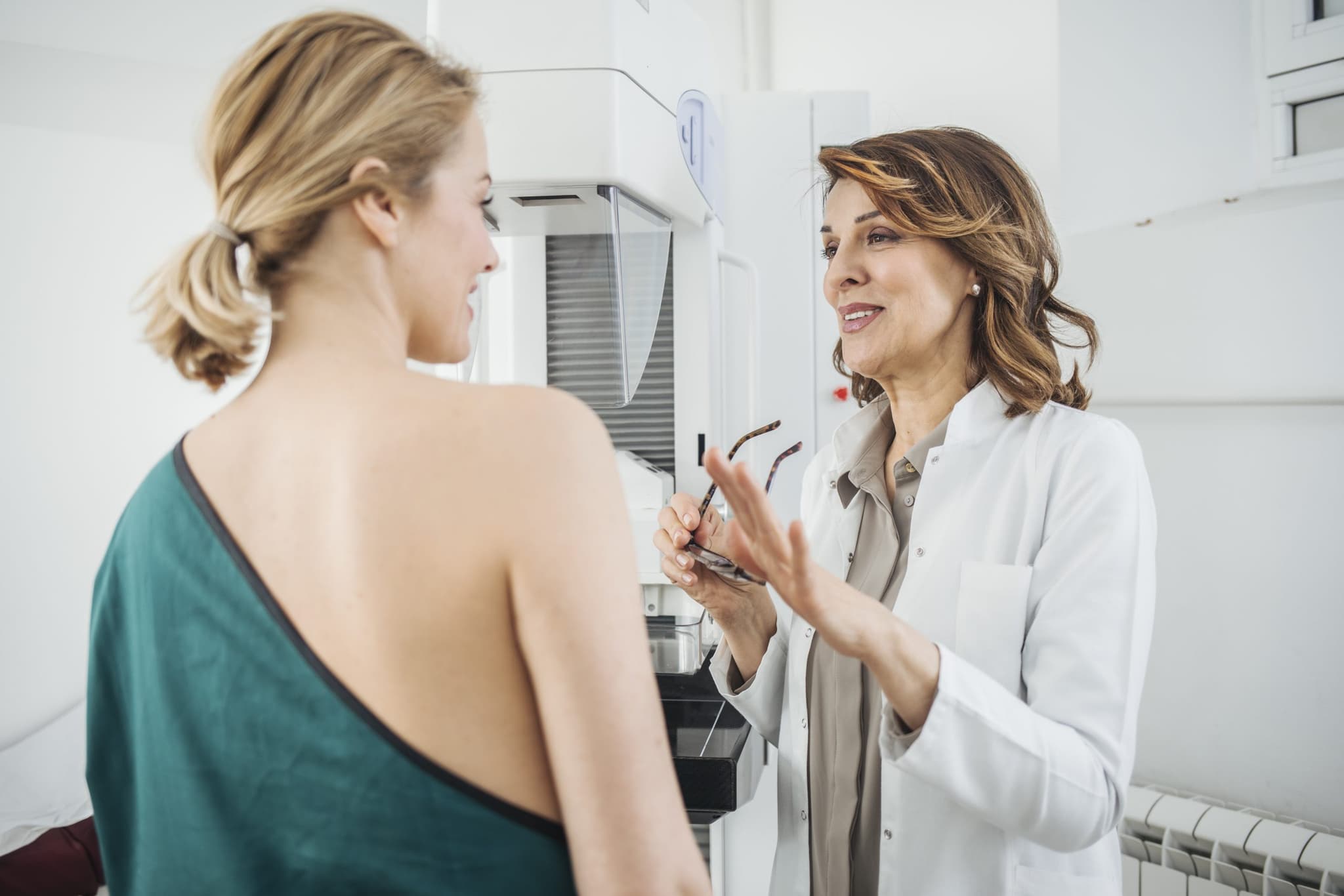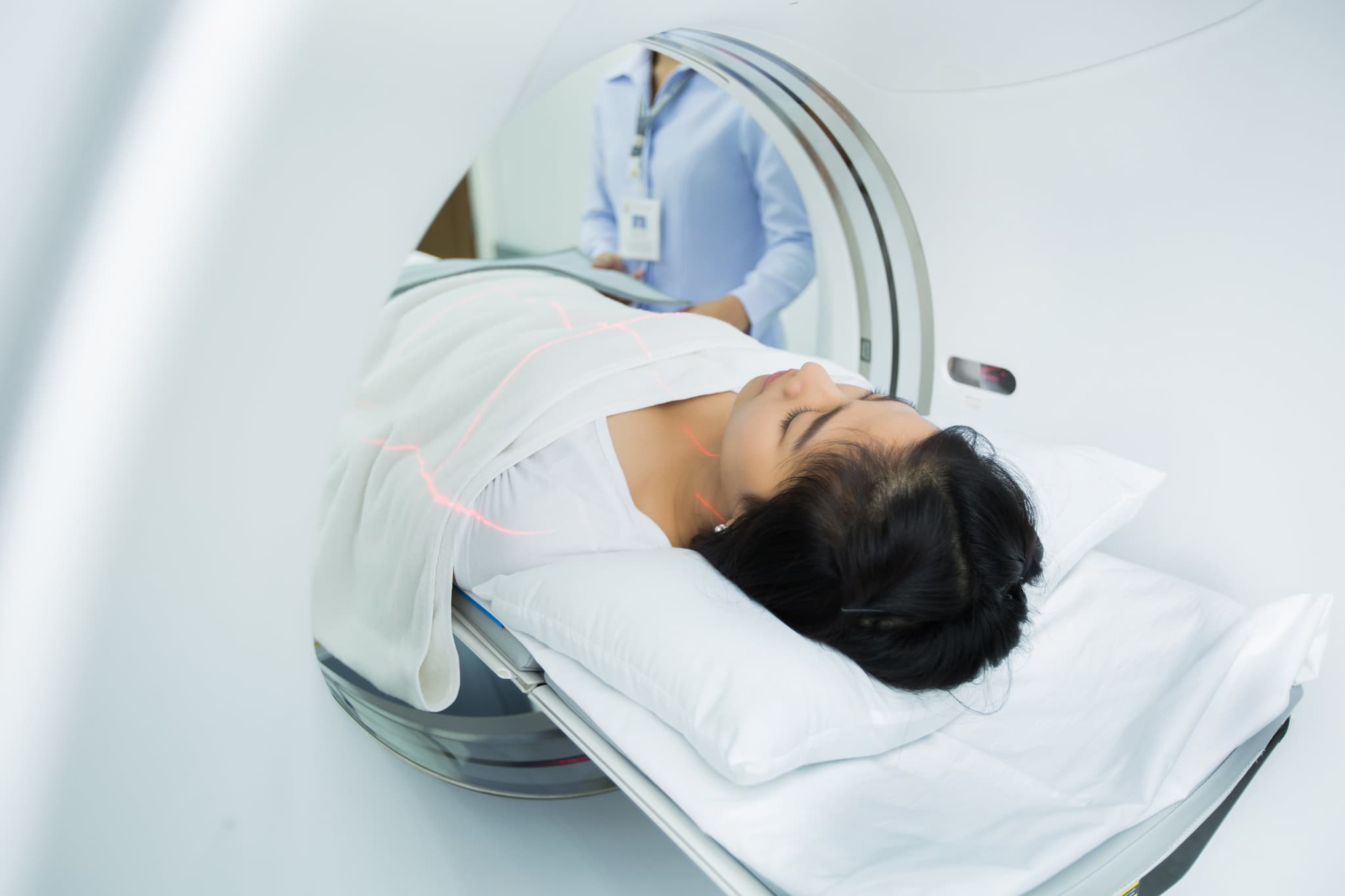
2021-10-27T16:18:53
Why your Next Clinical Breast Exam Should Include a 3D Mammogram
- Cancer Center
- Imaging
November 17, 2016 | Imaging • Radiology
Specialties:Imaging • Radiology

Most of us know what the basic purpose of an X-ray is. If something is wrong in the body, X-rays are the easiest way to get a quick look at what’s happening below the skin.
We often associate X-rays with broken bones above anything else, and while they’re useful here, this area is just a small snapshot of their potential application. In reality, X-rays can be used to detect and monitor conditions ranging all the way from a minor bone chip to advanced stages of cancer. Before we get to some more specifics, let’s break down the basic science behind an X-ray.
X-ray examinations push low levels of radiation through the body as a way of viewing what’s going on inside it. This radiation can pass through the skin instantly, but is absorbed in different ways once it gets inside the body and starts contacting other objects.
Bones or other thick materials contain the most density, and they appear white and opaque in an X-ray. Air in the lungs appears black, and medium-density areas like muscles and tendons appear gray. In some cases, affected parts of the body are given contrast mediums, or “radiocontrast agents,” to help objects stand out as much as possible from each other.
These contrasts can be informative in the right circumstances, and what they’re actually showing the patient and doctor in a given situation can vary. Here are a few of the most common uses for X-rays:
Teeth: X-rays are common replacements for manual cavity checks. Many dentists prefer them, as their contrast typically allows for easy viewing.
Broken Bones and Infections: The most commonly-known use for X-rays. Infections typically cause tissue reactions which are easily visible in an X-ray, and broken bones would be visible to the naked eye if they weren’t covered by skin.
Osteoporosis and Bone Tumors: Bones don’t have to be broken for an X-ray to be useful. In fact, checks for tumors and overall bone density can be even more beneficial for long term health.
Arthritis: Joints can undergo an X-ray, too, and frequently testing them can help monitor the status of arthritis over time.
Objects: In rare cases, unknown objects can become lodged in interior parts of the body. X-ray contrasts can pick these up right away.
Digestive System: X-rays can often be the simplest way to pick up issues with digestion. This process typically uses a substance called barium as a contrast medium.
Organs: Stones in the kidney, gallbladder or other areas of the abdomen can be some of the most painful conditions a person can experience. X-rays will generally pick these up, and they can be a huge help in identifying other sources of pain within these regions.
Nausea: Continuous issues in the stomach, often accompanied by nausea, vomiting and swelling, can be tough to diagnose based only on symptoms. X-rays are often used to assist.
Swallowed Items: Most common in children, though an adult can manage to swallow a foreign object every now and then.
Chest Pain: Like the stomach, the chest can experience pain that’s tough to diagnose without an X-ray or some other form of imaging.
Heart Issues: Many kinds of heart failure are visible on a basic X-ray. X-rays can also show blocked blood vessels. In this case, a contrast medium, usually iodine, is needed.
Lung Issues: Most of the worst lung conditions are detected using an X-ray, including lung cancer, tuberculosis, Cystic fibrosis
What Is An X-Ray? X-ray examinations push low levels of radiation through the body as a way of viewing what’s going on inside it. This radiation can pass through the skin instantly, but is absorbed in different ways once it gets inside the body and starts contacting other objects. Bones or other thick materials contain the most density, and they appear white and opaque in an X-ray. Air in the lungs appears black, and medium-density areas like muscles and tendons appear gray. In some cases, affected parts of the body are given contrast mediums, or “radiocontrast agents,” to help objects stand out as much as possible from each other. These contrasts can be informative in the right circumstances, and what they’re actually showing the patient and doctor in a given situation can vary. Here are a few of the most common uses for X-rays: Ibrosis and pneumonia.
Breast Cancer: These tests are known as mammograms.
Swallowed Items: At times, swallowed items will end up lodged somewhere in the chest and located with an X-ray
WRITTEN BY:
The Live Better Team

2021-10-27T16:18:53

2019-10-15T16:28:57

2019-06-06T10:36:51

2019-04-22T16:29:21
This information is not intended to replace the advice of a medical professional. You should always consult your doctor before making decisions about your health.